
How to Use RS 232: Examples, Pinouts, and Specs
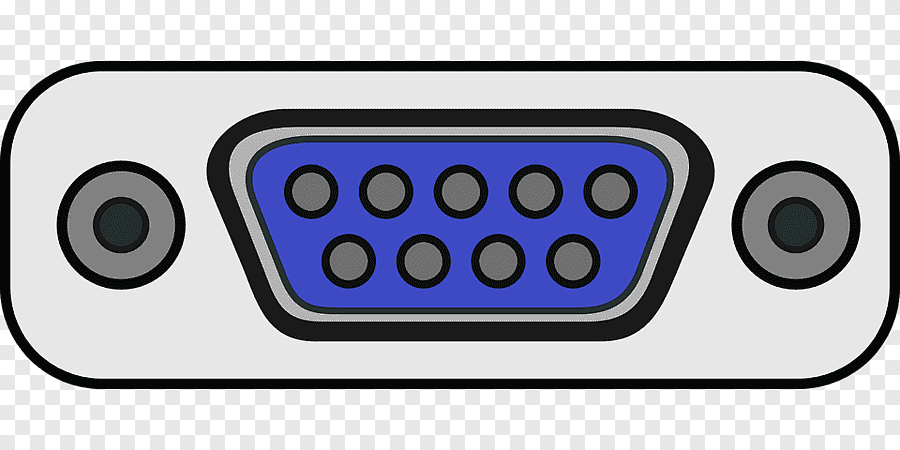
 Design with RS 232 in Cirkit Designer
Design with RS 232 in Cirkit DesignerIntroduction
RS-232 is a widely used standard for serial communication that facilitates the transmission of data between devices. It defines the electrical characteristics, signal timing, and physical connector specifications, enabling reliable communication over short distances. RS-232 is commonly employed in applications such as connecting computers to peripherals (e.g., modems, printers, and industrial equipment) and interfacing with embedded systems.
Explore Projects Built with RS 232
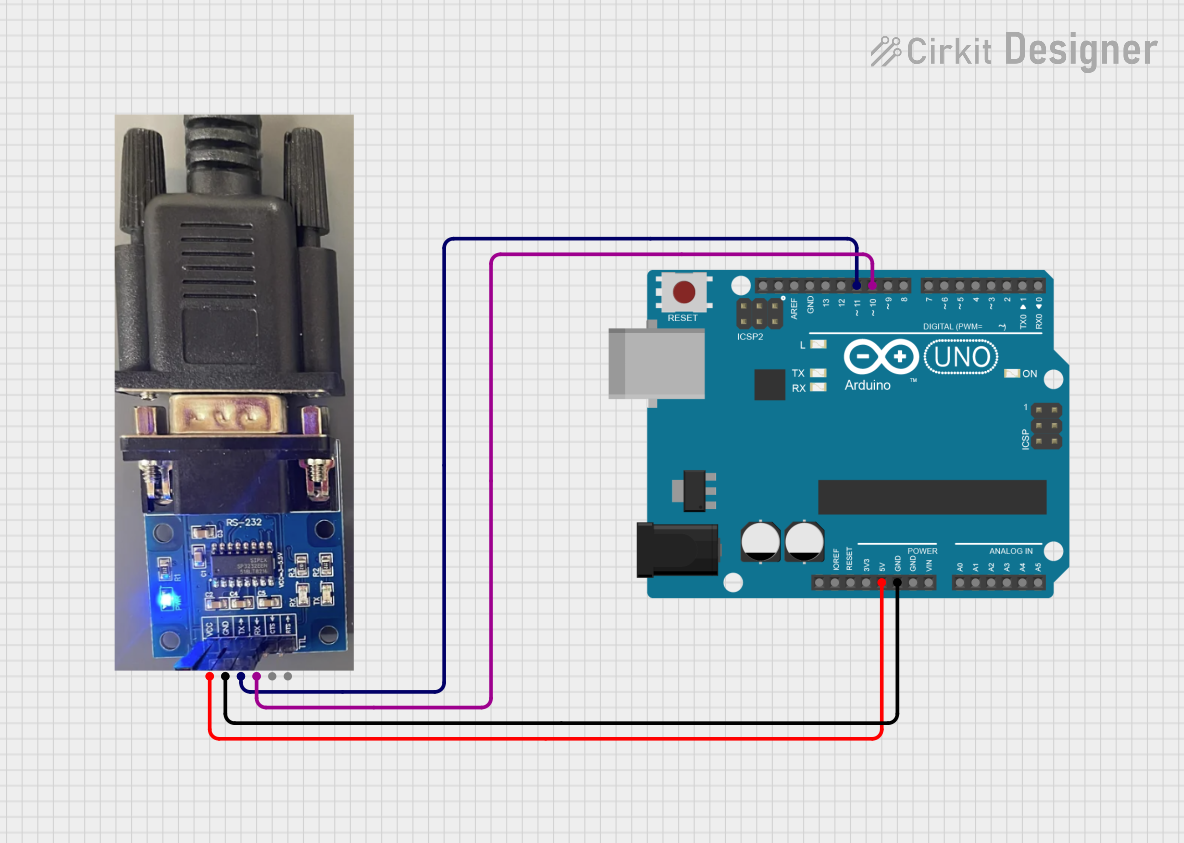
 Open Project in Cirkit Designer
Open Project in Cirkit Designer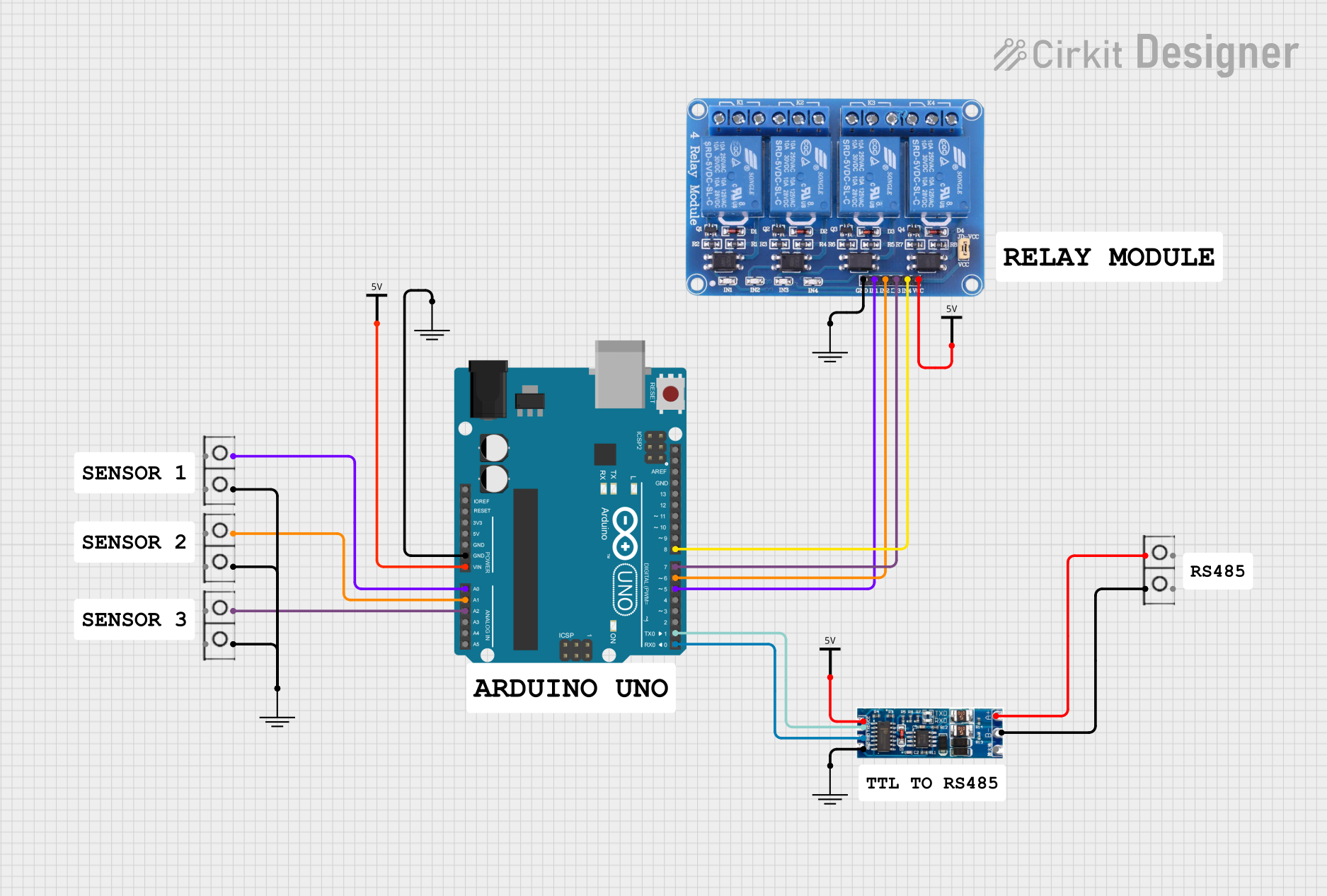
 Open Project in Cirkit Designer
Open Project in Cirkit Designer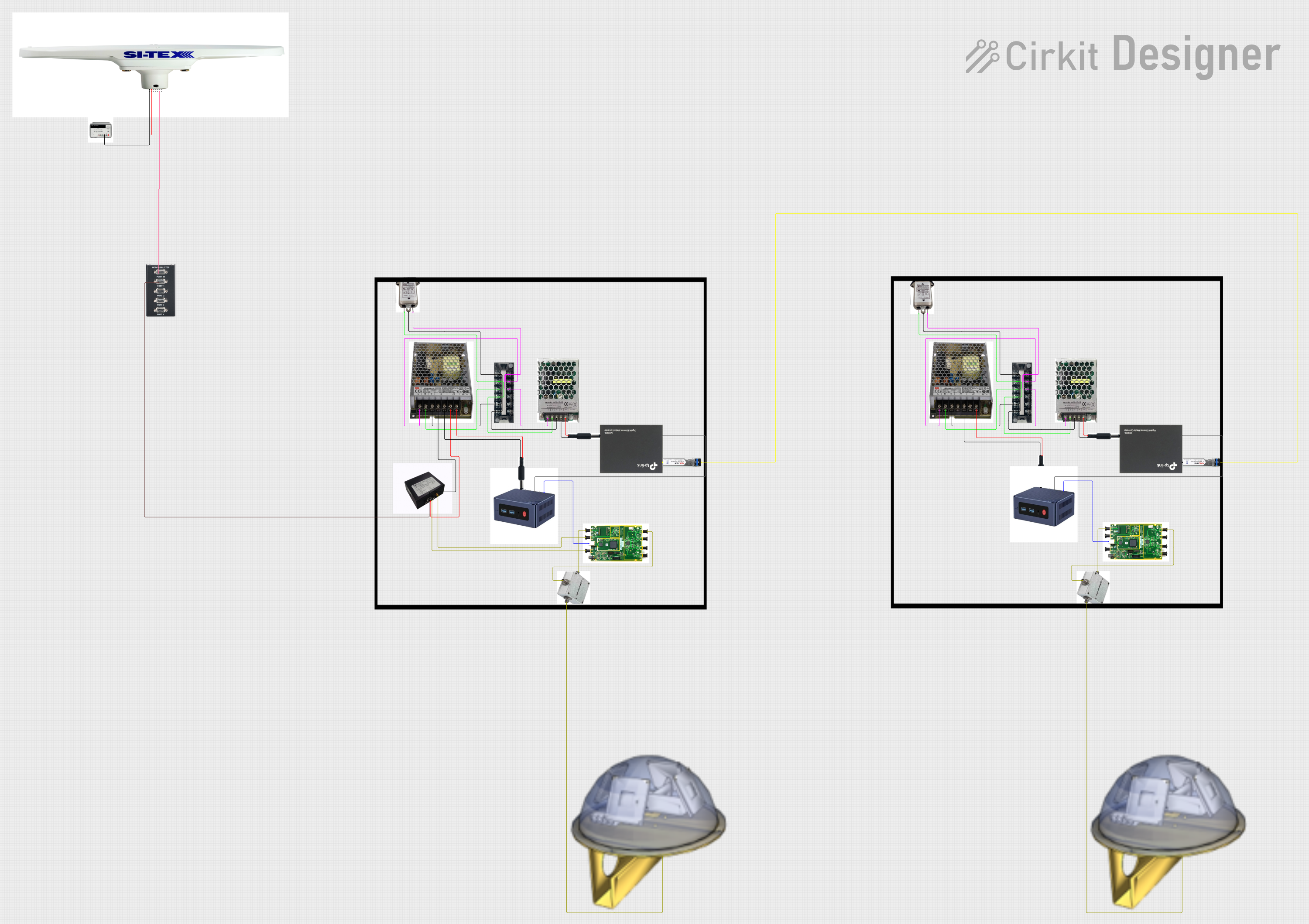
 Open Project in Cirkit Designer
Open Project in Cirkit Designer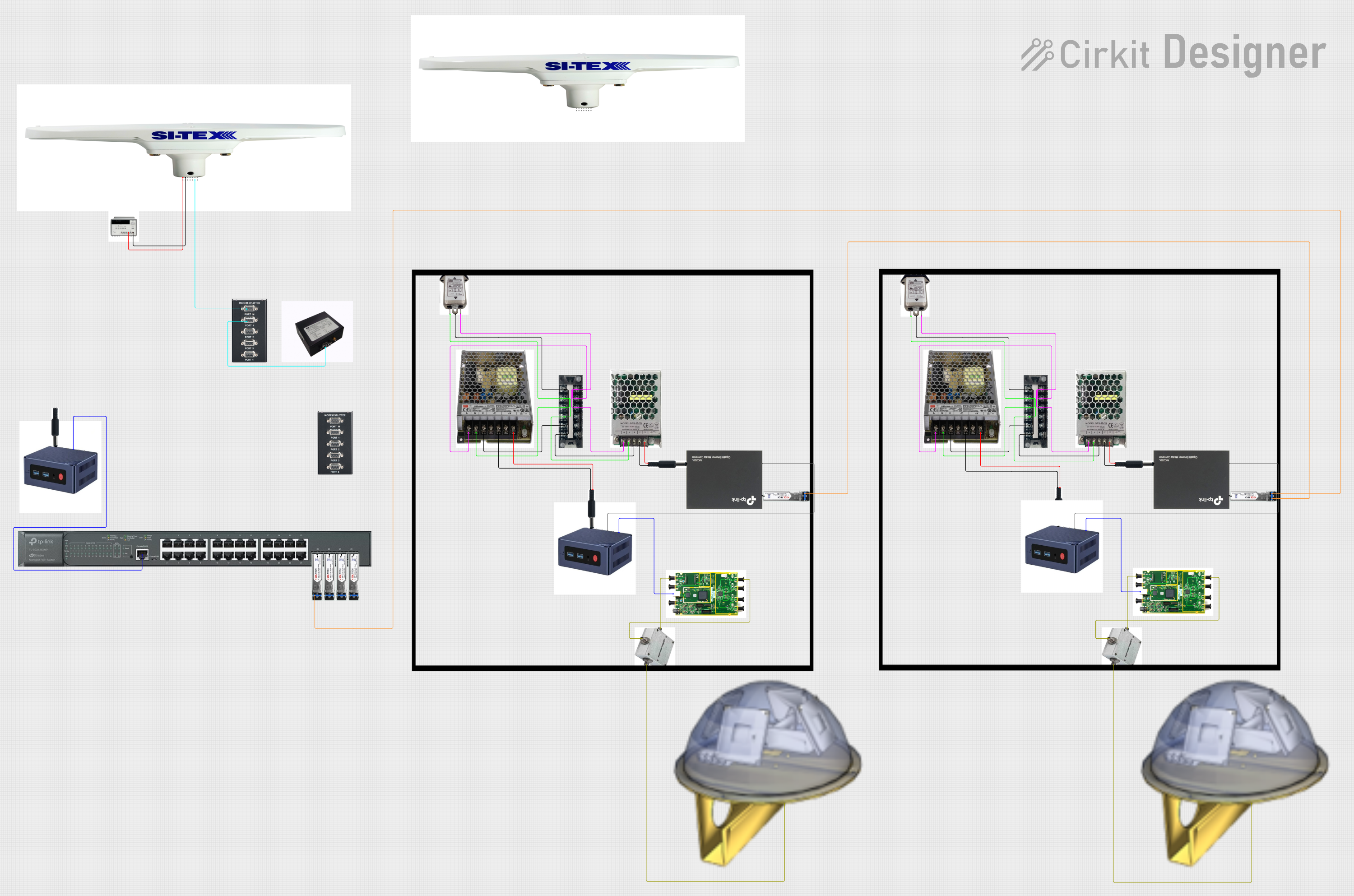
 Open Project in Cirkit Designer
Open Project in Cirkit DesignerExplore Projects Built with RS 232

 Open Project in Cirkit Designer
Open Project in Cirkit Designer
 Open Project in Cirkit Designer
Open Project in Cirkit Designer
 Open Project in Cirkit Designer
Open Project in Cirkit Designer
 Open Project in Cirkit Designer
Open Project in Cirkit DesignerCommon Applications and Use Cases
- Communication between computers and modems
- Industrial automation and control systems
- Debugging and programming embedded systems
- Data transfer between legacy devices
- Serial communication with microcontrollers and development boards
Technical Specifications
Key Technical Details
- Standard Name: RS-232 (Recommended Standard 232)
- Communication Type: Serial, asynchronous
- Voltage Levels:
- Logic "1" (Mark): -3V to -15V
- Logic "0" (Space): +3V to +15V
- Undefined region: -3V to +3V
- Maximum Data Rate: 115200 bps (typical), up to 1 Mbps in some implementations
- Maximum Cable Length: 15 meters (50 feet) at 19200 bps
- Connector Types: DB9 (9-pin) and DB25 (25-pin) are the most common
- Signal Lines:
- Data Transmission: TX (Transmit), RX (Receive)
- Control Signals: RTS, CTS, DTR, DSR, DCD, RI
- Ground: GND
Pin Configuration and Descriptions
DB9 Connector Pinout
| Pin Number | Signal Name | Direction | Description |
|---|---|---|---|
| 1 | DCD | Input | Data Carrier Detect |
| 2 | RXD | Input | Receive Data |
| 3 | TXD | Output | Transmit Data |
| 4 | DTR | Output | Data Terminal Ready |
| 5 | GND | - | Signal Ground |
| 6 | DSR | Input | Data Set Ready |
| 7 | RTS | Output | Request to Send |
| 8 | CTS | Input | Clear to Send |
| 9 | RI | Input | Ring Indicator |
DB25 Connector Pinout
| Pin Number | Signal Name | Direction | Description |
|---|---|---|---|
| 1 | GND | - | Shield Ground |
| 2 | TXD | Output | Transmit Data |
| 3 | RXD | Input | Receive Data |
| 4 | RTS | Output | Request to Send |
| 5 | CTS | Input | Clear to Send |
| 6 | DSR | Input | Data Set Ready |
| 7 | GND | - | Signal Ground |
| 8 | DCD | Input | Data Carrier Detect |
| 20 | DTR | Output | Data Terminal Ready |
| 22 | RI | Input | Ring Indicator |
Usage Instructions
How to Use RS-232 in a Circuit
- Connect the TX and RX Lines:
- Connect the TX pin of the RS-232 device to the RX pin of the receiving device.
- Similarly, connect the RX pin of the RS-232 device to the TX pin of the transmitting device.
- Establish Ground Connection:
- Ensure the GND pin of both devices is connected to provide a common reference.
- Optional Control Signals:
- If hardware flow control is required, connect RTS to CTS and DTR to DSR as needed.
- Voltage Level Conversion:
- RS-232 operates at higher voltage levels than most microcontrollers. Use a level shifter IC (e.g., MAX232) to interface RS-232 with 3.3V or 5V logic devices.
- Configure Communication Parameters:
- Set the baud rate, parity, data bits, and stop bits to match on both devices.
Example: Connecting RS-232 to an Arduino UNO
To connect an RS-232 device to an Arduino UNO, use a MAX232 IC for voltage level conversion. Below is an example Arduino sketch for basic serial communication:
// Example: RS-232 communication with Arduino UNO
// Ensure the RS-232 device is connected via a MAX232 level shifter
void setup() {
Serial.begin(9600); // Initialize serial communication at 9600 bps
Serial.println("RS-232 Communication Initialized");
}
void loop() {
// Check if data is available from the RS-232 device
if (Serial.available() > 0) {
char receivedChar = Serial.read(); // Read a character from RS-232
Serial.print("Received: ");
Serial.println(receivedChar); // Print the received character
}
// Send data to the RS-232 device
Serial.println("Hello from Arduino!");
delay(1000); // Wait for 1 second
}
Important Considerations and Best Practices
- Cable Length: Keep the cable length within the standard limit to avoid signal degradation.
- Baud Rate Matching: Ensure both devices use the same baud rate and communication settings.
- Signal Integrity: Use shielded cables to minimize noise and interference.
- Voltage Compatibility: Always use a level shifter when interfacing RS-232 with low-voltage devices.
Troubleshooting and FAQs
Common Issues and Solutions
No Data Transmission:
- Cause: TX and RX lines are not correctly connected.
- Solution: Verify and swap the TX and RX connections if necessary.
Garbage Data Received:
- Cause: Mismatched baud rate or communication settings.
- Solution: Ensure both devices use the same baud rate, parity, data bits, and stop bits.
Device Not Responding:
- Cause: Control signals (e.g., RTS/CTS) are not properly configured.
- Solution: Check the control signal connections or disable hardware flow control if not required.
Signal Degradation:
- Cause: Excessive cable length or poor-quality cable.
- Solution: Use a shorter, shielded cable and ensure proper grounding.
FAQs
Q1: Can RS-232 be used with modern computers?
A1: Most modern computers lack RS-232 ports, but USB-to-RS-232 adapters can be used to interface with RS-232 devices.
Q2: What is the difference between RS-232 and TTL serial?
A2: RS-232 uses higher voltage levels (-15V to +15V), while TTL serial operates at 0V to 5V or 0V to 3.3V. A level shifter is required to interface the two.
Q3: How do I test an RS-232 connection?
A3: Use a loopback test by connecting the TX and RX pins of the RS-232 device. Send data and check if it is received correctly.
Q4: Is RS-232 still relevant today?
A4: Yes, RS-232 is still widely used in industrial, embedded, and legacy systems due to its simplicity and reliability.